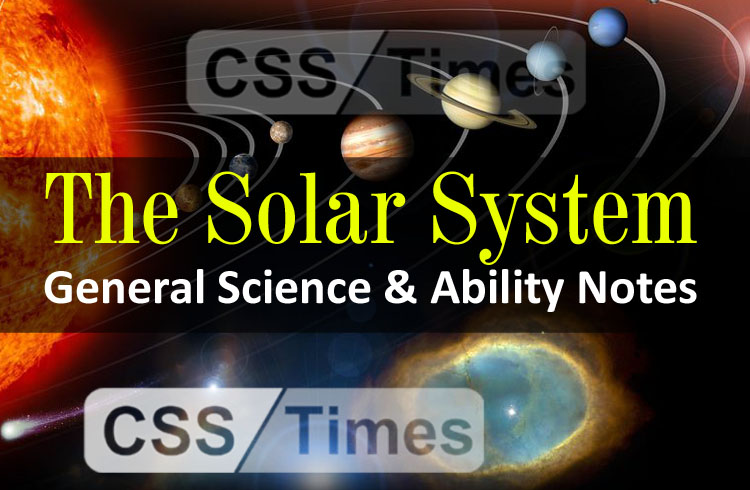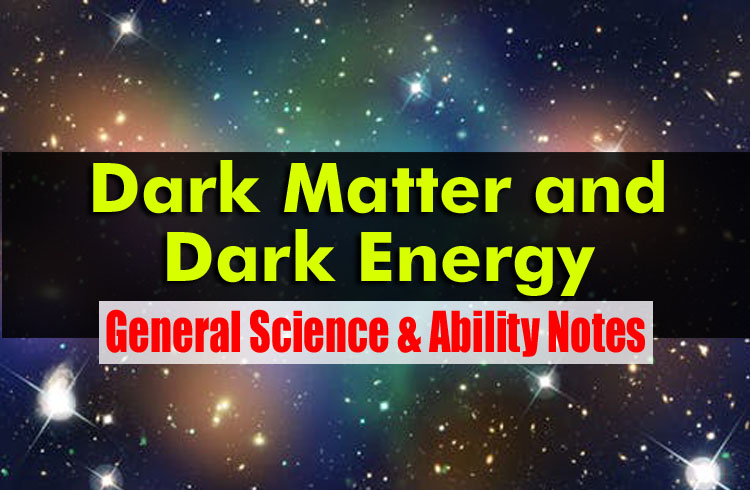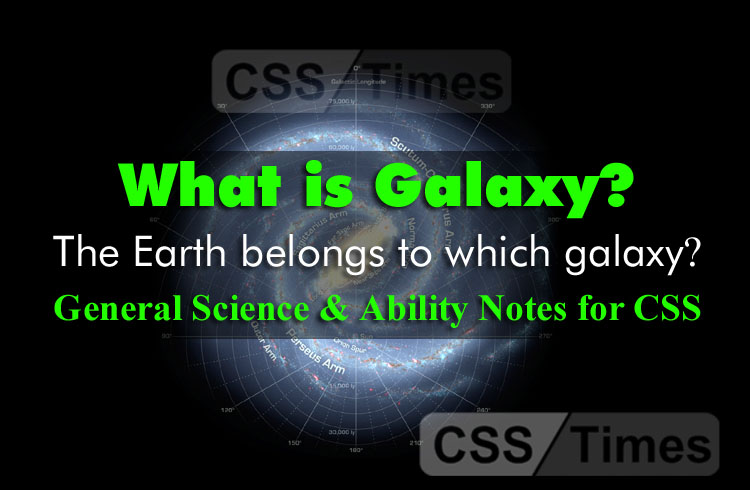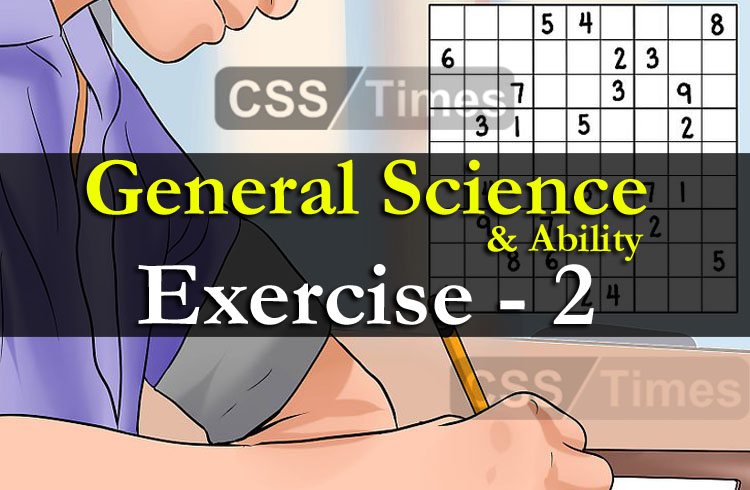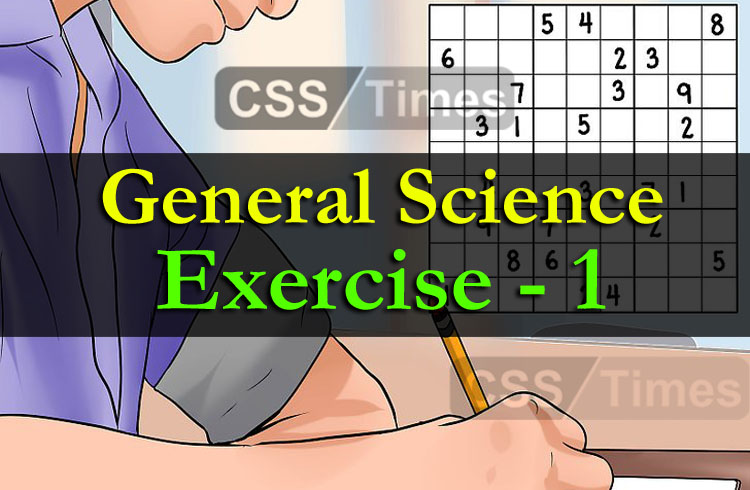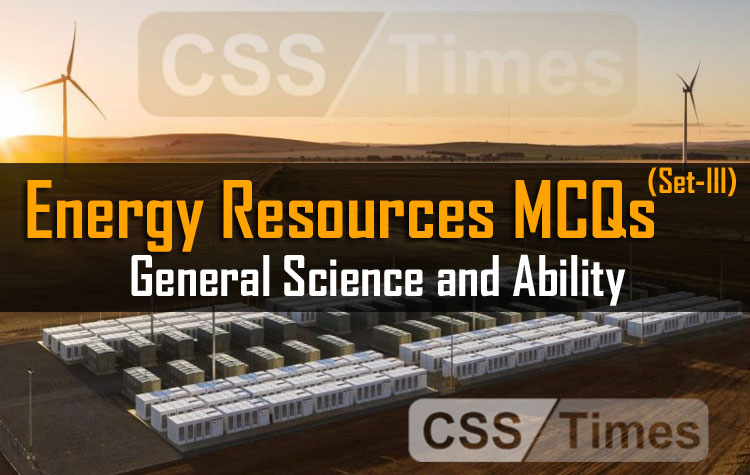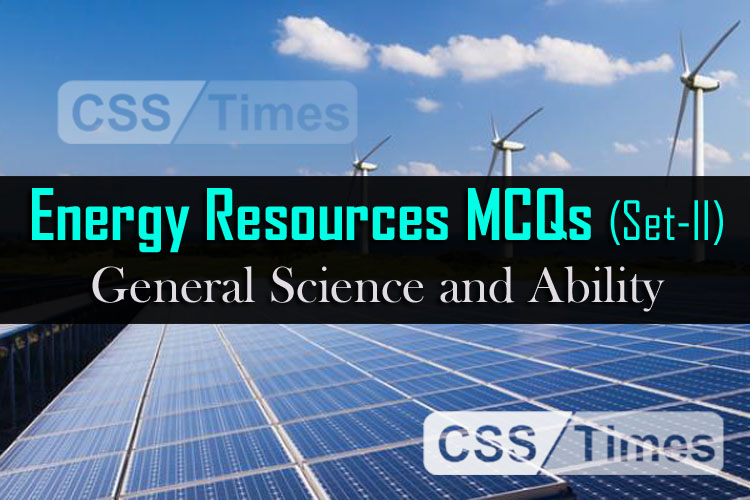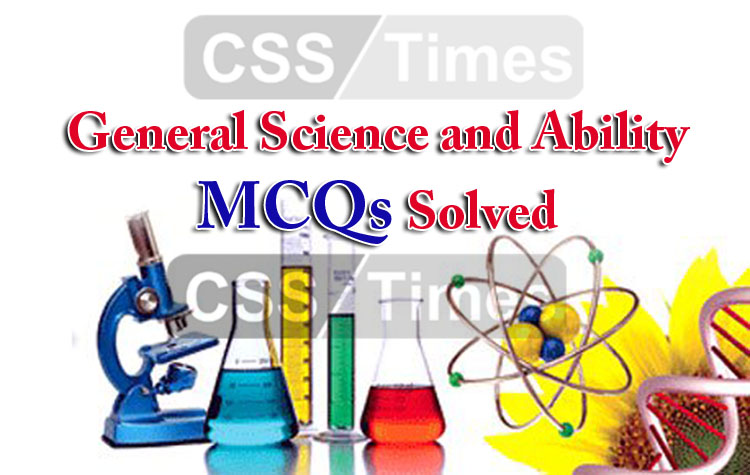General Science & Ability Notes for CSS
The Solar System (CSS 2008/2009)
Our solar system consists of the sun, planets, dwarf planets (or plutoids), moons, an asteroid belt, comets, meteors, and other objects. The sun is the center of our solar system; the planets, over 61 moons, the asteroids, comets, meteoroids and other rocks and gas all orbit the Sun. Our solar system is always in motion. Eight known planets and their moons, along with comets, asteroids, and other space objects orbit the Sun. The Sun is the biggest object in our solar system. It contains more than 99% of the solar system’s mass. Astronomers think the solar system is more than 4.5 billion years old.
